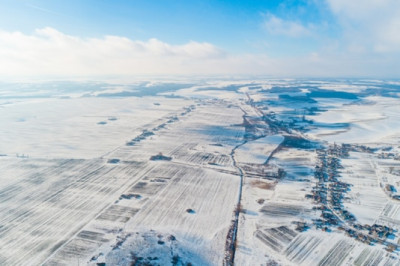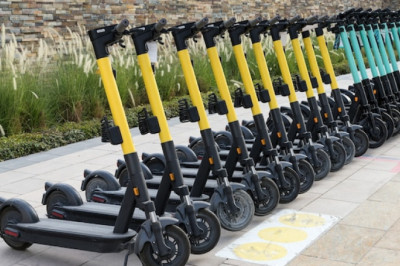The COVID-19 pandemic has significantly altered the landscape of office rentals in major cities around the world. As businesses adapt to new ways of working, the demand for office space is evolving. This article explores the key trends and forecasts shaping the post-pandemic office rental market in big cities.
Shift to Hybrid Work Models
One of the most significant changes in the post-pandemic era is the shift towards hybrid work models. Many companies are adopting a mix of remote and in-office work, reducing the need for large office spaces. This trend is leading to a decrease in demand for traditional office leases and an increase in flexible workspace solutions. Companies are looking for smaller, more adaptable spaces that can accommodate fluctuating employee presence.
Increased Demand for Flexible Workspaces
With the rise of hybrid work models, there is a growing demand for flexible workspaces such as coworking spaces and serviced offices. These spaces offer short-term leases and the ability to scale up or down quickly, making them ideal for businesses navigating uncertain times. Flexible workspaces also provide amenities and networking opportunities that can enhance productivity and collaboration among employees.
Focus on Health and Safety
Health and safety have become top priorities for businesses and employees alike. Office spaces are being redesigned to ensure social distancing, improved ventilation, and enhanced cleaning protocols. Landlords and property managers are investing in touchless technologies, air purification systems, and other measures to create safer environments. This focus on health and safety is influencing tenant preferences and driving demand for modern, well-equipped office spaces.
Suburban Office Growth
As remote work becomes more prevalent, some companies are opting to establish satellite offices in suburban areas. This trend is driven by employees' desire to avoid long commutes and the lower cost of suburban real estate. Suburban office growth offers businesses the opportunity to attract talent from a wider geographic area while providing employees with a better work-life balance. This shift is reshaping the commercial real estate market in many metropolitan regions.
Technology Integration
The integration of technology in office spaces is accelerating in the post-pandemic world. Smart building technologies, such as IoT devices, AI-driven analytics, and advanced communication tools, are becoming standard features. These technologies enhance operational efficiency, improve energy management, and support remote work capabilities. Tenants are increasingly seeking tech-enabled office spaces that can adapt to their evolving needs and provide a seamless work experience.
Sustainability and Green Buildings
Sustainability is gaining prominence in the office rental market. Businesses are prioritizing eco-friendly buildings that reduce their carbon footprint and promote environmental responsibility. Green buildings with energy-efficient systems, sustainable materials, and certifications like LEED are in high demand. This trend reflects a broader commitment to corporate social responsibility and aligns with the values of environmentally conscious employees and clients.












Comments
0 comment